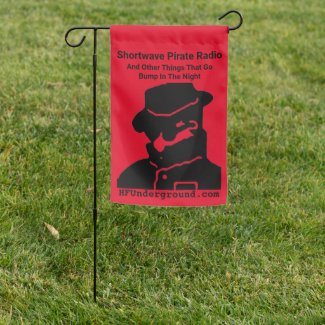Yep. Unless they can get their horizontal dipole up 60-some feet, which hardly any can manage, most of the signal is NVIS, and most landing within the first 300-500 miles... unless its very long after local darkness in December, in which case most of it is not landing at all due to MUF absorption which you cite in your post.
Ideally, everyone with many listeners within that 500-mile range should be down around 3-3.5 mHz after dark, especially during December and January; but generally from November through February.
I recall operating one Christmas eve around 3.3 mHz until well after midnight and 1 am, and being heard well regionally, even short-skip into Ohio. You could almost run all night down there, with little loss of regional coverage. By contrast, 6.9 mHz would be closed to me for much of the eastern half of the US this time of year by 6pm local, except for the deep south and Gulf coast, from this Michigan locale..
On the other hand, MORNING operations around 6.9 mHz as long as three hours after daylight would be at their most efficient this time of year, with signals losing strength much later in the day than in, say, June....

and the noise levels are reduced after daylight as well.
Through January, the window is from 7 am to almost noon. Best coverage would probably occur between 8-10 am local. Someone posted a log after 12pm today of WMPR, coming in at 4s & 5s



